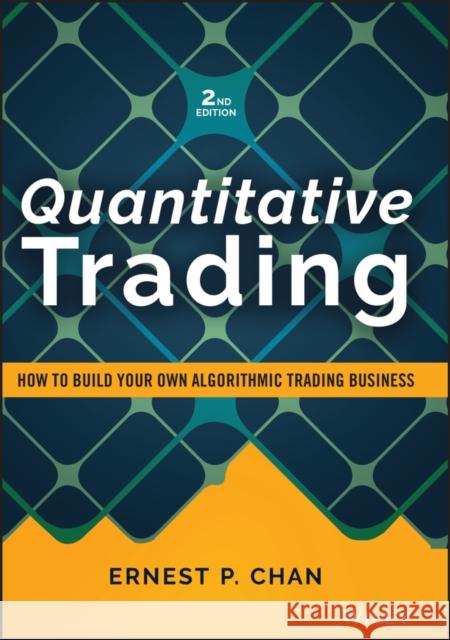Quantitative Trading: How to Build Your Own Algorithmic Trading Business » książka
topmenu
Quantitative Trading: How to Build Your Own Algorithmic Trading Business
ISBN-13: 9781119800064 / Angielski / Twarda / 2021 / 256 str.
Quantitative Trading: How to Build Your Own Algorithmic Trading Business
ISBN-13: 9781119800064 / Angielski / Twarda / 2021 / 256 str.
cena 194,31
(netto: 185,06 VAT: 5%)
Najniższa cena z 30 dni: 193,12
(netto: 185,06 VAT: 5%)
Najniższa cena z 30 dni: 193,12
Termin realizacji zamówienia:
ok. 30 dni roboczych
Dostawa w 2026 r.
ok. 30 dni roboczych
Dostawa w 2026 r.
Darmowa dostawa!
Kategorie:
Kategorie BISAC:
Wydawca:
John Wiley & Sons Inc
Seria wydawnicza:
Język:
Angielski
ISBN-13:
9781119800064
Rok wydania:
2021
Numer serii:
000219081
Ilość stron:
256
Waga:
0.44 kg
Wymiary:
23.19 x 16.0 x 2.59
Oprawa:
Twarda
Wolumenów:
01
Dodatkowe informacje:
Bibliografia











